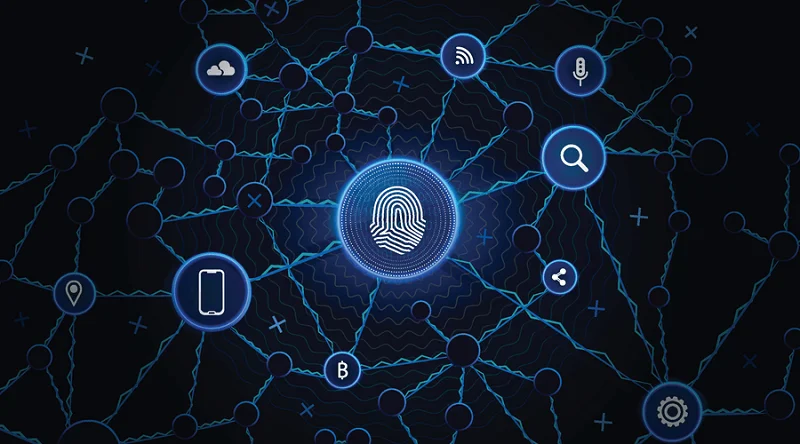Outside of these situations, nevertheless, it is strongly recommended that companies schedule danger assessments no less than every year in order that risk identification the procedures are up to date accordingly. If you’re a visualization aficionado, you have to use ClickUp Whiteboards to establish potential dangers throughout your SWOT analysis process. There are multiple methods and methods you ought to use to pinpoint dangers all through the project lifecycle. We’ll explore nine broadly used and effective risk identification strategies in the following sections. Based on the final findings, threat administration methods like contingency planning and hedging are implemented to minimize the impression of important risks.
Why Threat Identification Is Necessary For Your Small Business
The earlier a project manager identifies a risk, the better the team can mitigate its effects and proceed with out dropping time. Proactively identifying potential dangers in the course of the planning and initiation of a project will prevent time and money down the highway,” states Black. Project risk identification is step one within the risk management process. During this step, managers determine events which may affect a project. Risk identification is the systematic strategy of recognizing potential dangers that would affect an organization’s goals. The lesson right here is to sort out threat at the very start of a project and let your learnings inform choices relative to scope, course of, and resourcing.

Tips On How To Apply The Individuals, Course Of, Expertise (ppt) Framework

Once these risks have been recognized and assessed, the danger register offers you with an overview of crucial dangers and detailed information on how they can be managed. Documentation might include an in depth description of the process in assessing the risk, an outline of evaluations, and detailed explanations on how conclusions had been made. Besides stakeholders, you might also consult domain specialists for risk-related advice on your project. They typically have trade specialization and years of hands-on experience, which provides them the sting while analyzing any danger data. They can decide up on many potential dangers that startups and new business house owners tend to miss.
Examples Of Danger Identification
Consulting with consultants who have expertise with related initiatives or in relevant fields. The specialists can provide insights and recommendations on the technical feasibility, cost-effectiveness, and other elements associated to the project. Find out how menace management is utilized by cybersecurity professionals to forestall cyber assaults, detect cyber threats and reply to security incidents. Create a better safety framework to handle the full menace lifecycle. Manage danger from altering market circumstances, evolving rules or encumbered operations while rising effectiveness and efficiency.
- The team can get rid of relevant risks on the go and stick with the finances as the project progresses, because of the refined and solution-centric alternative plan.
- Risks can come from varied sources, together with inner processes, exterior events, human factors, expertise, and pure disasters.
- Better manage your dangers, compliance and governance by teaming with our security consultants.
- For instance, you assume your uncooked materials supplies will arrive on the 10th of each month.
Gwynnie Bee, a trendsetting clothes rental service for plus-size ladies, faced rising pains because it rapidly expanded. Managing a excessive volume of tasks throughout completely different locations grew to become a formidable challenge. Quality suffered and project visibility was poor, affecting operations and customer service. The Delphi technique is a technique for gathering info and opinions from a group of experts with out them needing to confront one another. Basically, it helps collect trustworthy and unbiased feedback as a end result of nobody knows who said what.
Human Errors Through The Project Risk Identification Course Of
Risk identification in project management is identifying potential dangers that could negatively impression the success of a project. It includes figuring out and evaluating the potential threats and uncertainties that might trigger the project to deviate from its original objectives, timeline, and finances. Three essential steps of the danger management process are threat identification, risk analysis and evaluation, and threat mitigation and monitoring.
Businesses can use threat identification to plan for potentially detrimental occurrences and cut back their impression earlier than they happen. Better handle your dangers, compliance and governance by teaming with our security consultants. While adopting a danger management standard has its benefits, it isn’t without challenges. The new normal won’t simply match into what you are doing already, so you would should introduce new methods of working. The course of begins with an initial consideration of threat avoidance then proceeds to 3 further avenues of addressing danger (transfer, spreading and reduction). Ideally, these three avenues are employed in live performance with each other as a half of a comprehensive technique.
If the conditions during which your threat assessment was primarily based change significantly, use your finest judgment to determine if a new risk evaluation is critical. Now, for assumption analysis, attempt to establish all of the assumptions in your project plan and the extent of tolerable deviation. For example, you assume your raw materials provides will arrive on the tenth of every month. But without well timed delivery, your reserve stock would solely final for three days. Your manufacturing course of shall be blocked if the provides are delayed for more than three days, which requires alternative preparations.
In the risk matrix, we have a glance at the likelihood and the severity of the potential outcomes. Which risk matrix you utilize, is already defined in the earlier step of the chance administration course of; the scope, context and standards. In the chance matrix (figure 1), you define a threshold of high, medium and low risks. It is possible to assess the preliminary danger through the use of multiple matrices, e.g. people, belongings, setting, and popularity. Risk evaluation is a course of with a quantity of steps that intends to establish and analyze the entire potential dangers and issues which are detrimental to the business or enterprise.
These processes aim to establish potential risks and hazards, assess their severity, and put administration groups in a greater position to place controls and preventive and corrective actions. A threat identification checklist is a software used to assist project managers and staff members systematically establish potential dangers that could influence a project. The checklist outlines a sequence of questions or prompts to guide the risk identification course of, ensuring that every one related components are thought-about. Risk identification is necessary in project management as a end result of it provides a scientific method to figuring out, evaluating, and prioritizing potential risks that might negatively influence the project. By identifying risks at the beginning of the project, project managers can take proactive measures to mitigate or keep away from these risks, thus rising the possibilities of project success. On the flip side, a risk evaluation is the next step after hazard identification.
We’ve covered this in our article on understanding threat breakdown structure. After all threat sharing, threat switch and threat discount measures have been carried out, some danger will remain since it’s just about impossible to get rid of all threat (except by way of danger avoidance). Risk analysis includes establishing the chance that a risk occasion might happen and the potential consequence of each event. Risk analysis compares the magnitude of every risk and ranks them based on prominence and consequence. If an unexpected event catches your organization unaware, the impression could probably be minor, such as a small impact on your overhead prices. In a worst-case state of affairs, although, it could be catastrophic and have serious ramifications, such as a significant monetary burden and even the closure of your corporation.
